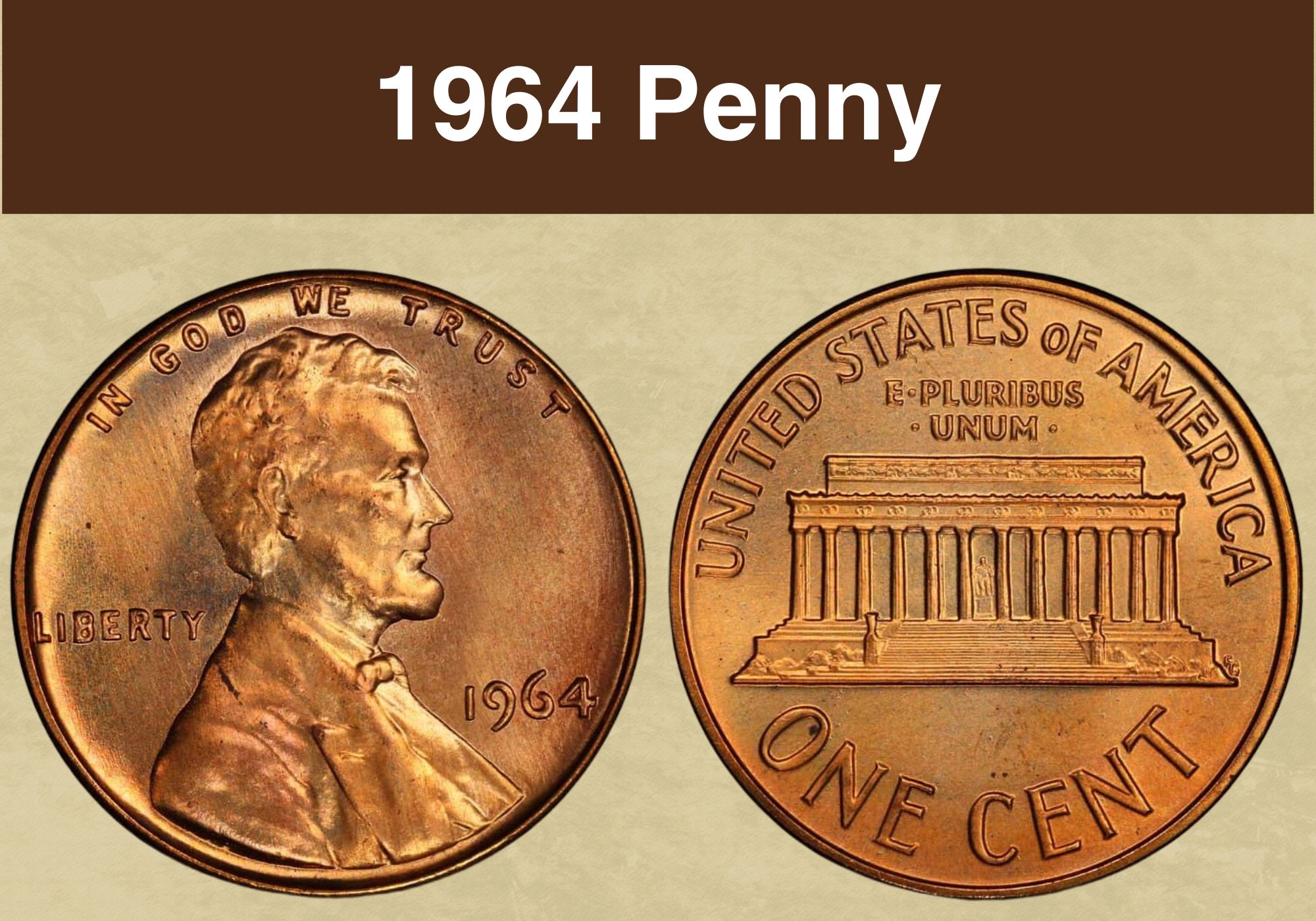
Coin Value Contents Table
- 1964 Penny Value Chart*
- History of the 1964 Penny
- Features of the 1964 Penny
- 1964 Penny Grading Guides
- 1964 Penny Value Guides
- 1964 (P) No Mint Mark Penny Value
- 1964 D Penny Value
- 1964 (P) No Mint Mark Special Mint Set Penny Value
- 1964 (P) No Mint Mark Proof Penny Value
- Rare 1964 Penny Error List
- Where to Sell Your 1964 Penny?
- FAQs
The penny minted in 1964 is known as a Lincoln penny. But despite their humble face value, some of these coins can be valuable. So what separates an ordinary coin from something special?
That’s what we’re here to find out! We’re going to explore the 1964 penny value and the factors that determine it. And we’ll learn more about its history and design along the way.
So if you’re ready, let’s get started!
1964 Penny Value Chart* |
|||
| Mint mark | MS63 | MS65 | MS67 |
| 1964 (P) No Mint Mark Penny Value | $6 | $18 | $1,100 |
| 1964 D Penny Value | $6 | $20 | $650 |
| SP63 | SP65 | SP67 | |
| 1964 (P) No Mint Mark Special Mint Set Penny Value | $2,650 | $11,500 | $18,500 |
|
|
PR63 | PR65 | PR67 |
| 1964 (P) No Mint Mark Proof Penny Value | $7
Cameo: $10 Deep cameo: $12 |
$10
Cameo: $14 Deep cameo: $20 |
$20
Cameo: $22 Deep cameo: $32 |
*Values shown are for coins graded red (RD).
History of the 1964 Penny
The 1964 penny is what’s known as a Lincoln penny. These were first issued in 1909, and continue to be produced to this day.
The first coins were struck to commemorate 100 years since the birth of the former US president, Abraham Lincoln. They bore the portrait of the assassinated president on their obverse, making this the first time a real person had ever appeared on a US coin.
The early coins had a simple image of two ears of wheat on their reverse. But 1959 marked 150 years since Lincoln’s birth, and it was considered time for a change.
A new design was commissioned from Frank Gasparro. Gasparro, then Assistant Engraver at the Mint. The design showed the Lincoln Memorial in Washington DC.
The final pennies with the Lincoln Memorial reverse were struck in 2008. They were replaced by those with a reverse design known as the “Union shield”. It’s that design which is used on Lincoln pennies to this day.
Also read: 12 Most Valuable Lincoln Penny Worth Money
Features of the 1964 Penny
The Obverse of the 1964 Penny
Look at the obverse (or “heads” side) of a 1964 penny, and the chances are it will look very familiar. It carries the same image of President Lincoln that’s been appearing on cents for over 100 years.
The portrait was the work of an artist named Victor David Brenner. It shows Lincoln’s head in profile facing e right. Brenner said he wanted to show Lincoln at his most engaging, and had imagined him reading to a child.
Some coin historians believe that the portrait is based on a historic photograph of the President taken at the studio of Matthew Brady. Whether it was taken by Brady himself, or one of his assistants, is unknown.
As was usual for coin designers, Brenner signed his design. He’d originally intended to add his signature to the obverse, but was told this wasn’t acceptable. So instead, he placed his initials on the reverse – but that led to controversy too.
Some felt the initials were too bold and amounted to “advertising”. They were removed over the artist’s protests, and didn’t appear again until 1918. That year they were moved to a new position, on the lower cut-off of Lincoln’s bust. That’s where you’ll find them on the 1964 penny.
Above Lincoln’s portrait are inscribed the words “In God We Trust”. “Liberty” is inscribed to its left, while the date is on the right.
Coins minted in Denver have a mint mark on the obverse too – a small “D” situated just below the date.
The Reverse of the 1964 Penny
The 1964 penny has the image of the Lincoln Memorial in Washington DC on its reverse. If you look closely, you can see the statue of Lincoln in the middle of the portico. That makes this one of the few coins to have an image of the same person on both sides.
The largest text is reserved for the denomination. This is written in full as “ONE CENT” and curves along the lower coin edge.
The top of the coin has the country name, also following the curve of the edge. Beneath it, written on the horizontal, is the Latin motto “E pluribus unum”. The words mean “From the many, one” and honor the creation of the USA from the individual states.
Other Features of the 1964 Penny
The 1964 penny has the same dimensions and composition as most of the earlier Lincoln Wheat pennies. It measures precisely 19 millimeters across and weighs 3.11 grams. And it’s made of 95 per cent copper and 5 per cent zinc.
The copper content means these coins can be different colors. When copper is new, it’s a warm red shade. As it’s handled and exposed to oxygen in the air, it dulls and turns brown.
Coin grading agencies take the color of copper coins into account when assessing and valuing them. Coins that are at least 95 per cent red across both faces are graded “red”. You may see the abbreviation “RD” in coin listings.
A coin that’s at least 95 per cent brown across its total surface is graded “brown”, abbreviated to “BN”. And anything in the middle counts as “red and brown” or “RB”.
All other things being equal, the most valuable copper coins are those graded red. Next in line are red and brown, with brown being the least valuable.
This YouTube video from CoinOpp explains more about color grading Lincoln pennies.
Also read: 13 Most Valuable Wheat Penny Worth Money
1964 Penny Grading Guides
| # | Grade |
|---|---|
| 1 | Basal State-1 |
| 2 | Fair |
| 3 | Very Fair |
| 4, 5, 6 | Good |
| 7, 8, 10 | Very Good |
| 12, 15 | Fine |
| 20, 30 | Very Fine |
| 40 | Extremely Fine |
| 50 | About Uncirculated |
| 60 | Mint State |
| 65 | Mint State |
| 70 | Mint State |
Please check our grading guides to know your coin scale, It’s the necessary step to know the exact value of your coin.
Check out now: How to Grade Lincoln Wheat Penny?
1964 Penny Value Guides
1964 (P) No Mint Mark Penny Value
If your penny doesn’t have a mint mark, it was struck at the Mint facility in Philadelphia. Look on the obverse, beneath the date. If there’s no “D” there, you have a Philadelphia penny.
Almost 2.5 billion pennies from Philadelphia are marked 1964. Almost a billion of these are believed to have actually been struck the following year with the 1964 dies.
That large mintage means that it’s still very easy to find standard 1964 pennies. And the vast majority are worth only their face value.
Red coins need to be in great condition to be worth more. The requirements are even higher for red and brown pennies. And, unless they have an interesting error, even the finest brown coins are usually worth less than a dollar.
Coins are graded from 1 to 70. 1 denotes an identifiable coin in poor condition and 70 is a flawless example.
A red coin graded MS63 is worth just $6 (the MS stands for “mint state”). A red brown version at the same grade is worth even less, $2.
The finest known example of a red and brown 1964 Philadelphia penny is a graded MS66+. Only one example has been certified at that level by the PCGS. And its value is a modest $40.
Red coins at the finest grades are considerably rarer and more valuable. An example graded MS66+ is worth around $60. But climb half a point to MS67, and the value leaps to $1,100.
The finest red 1964 pennies to have been certified by the PCGS are graded MS67+. There are three of these, and they’re each worth an astounding $13,500.
1964 D Penny Value
In 1964, the Denver mint facility struck even more pennies than its Philadelphia counterpart – almost 3.8 billion of them.
At most grades, values are similar to the Philadelphia pennies. And again, unless your coin has an interesting error, it’s unlikely to be worth much if it isn’t red.
At MS63, red Denver pennies dated 1964 are worth $6, the same as Philadelphia ones. At MS65, the value is a couple of dollars higher, at $20.
It’s at MS67 that values increase steeply. A 1964 Denver penny at that grade is valued by the PCGS at $650.
Like the Philadelphia pennies, the finest known examples are graded MS67+. Five coins are tied at this level, and they’re each worth around $4,750.
1964 (P) No Mint Mark Special Mint Set Penny Value
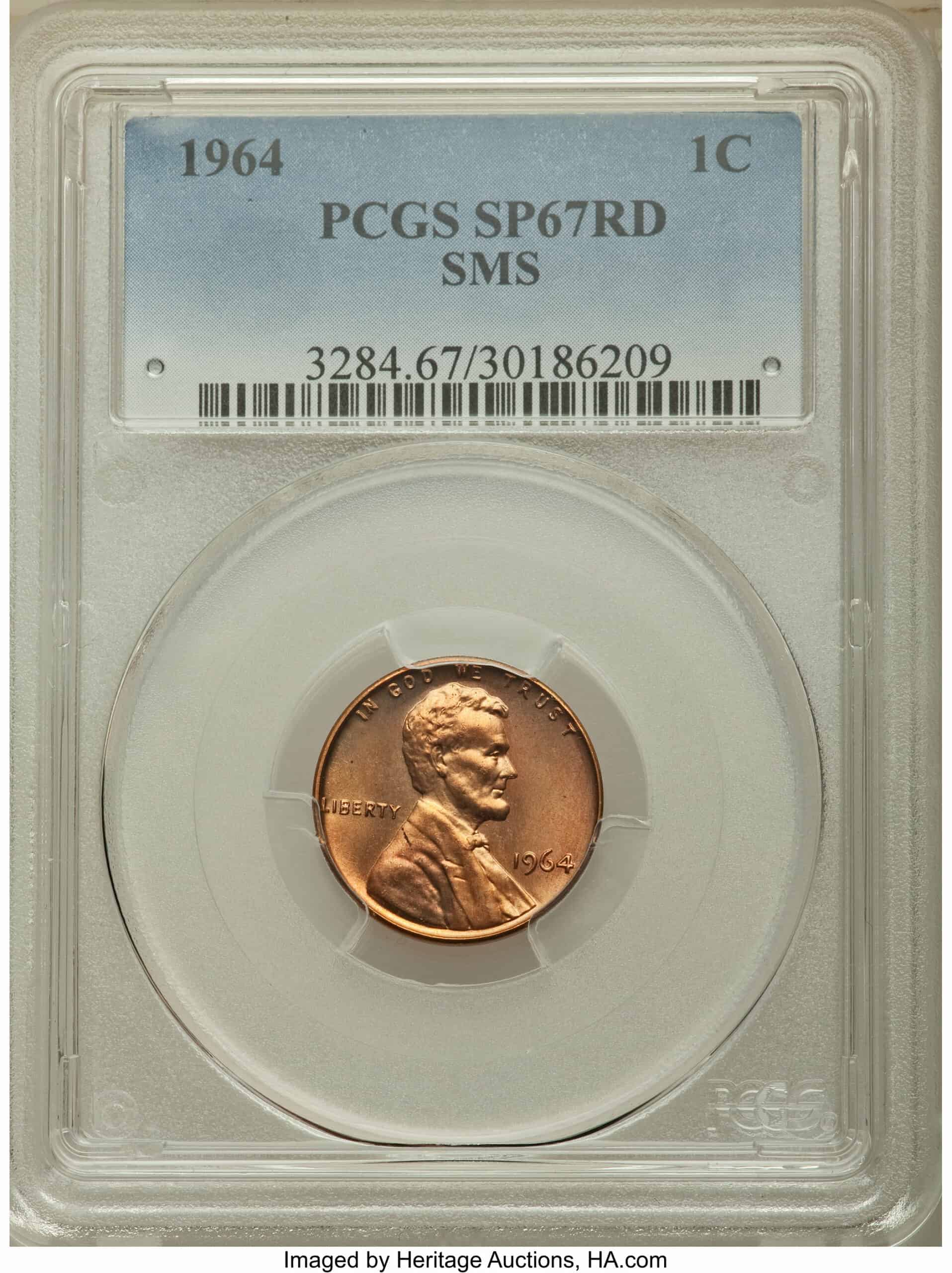
1964 saw the Mint facility at Philadelphia striking a small number of pennies, apparently for Special Mint Sets.
Normally, Special Mint Sets were targeted at collectors, and produced in years where no proof coins were struck. But the Philadelphia Mint did strike proof pennies in 1964. It’s rather a mystery, then, as to why the special strike pennies were ever produced.
There’s no record of the numbers struck, but it’s thought to be tiny – perhaps a couple of dozen coins. And that means that if you find one, it’s very valuable indeed.
Their finish distinguishes them from both regular and proof pennies. They have a satin appearance, less glossy than the proofs, but quite different from standard coins. They’e usually well struck, and the edges are square and sharp.
As these coins were never designed to be circulated, gradings start at SP60. The PCGS values an example at that level at $1,300. Values rise at steadily, reaching $11,500 at SP65. Quality tops out at SP67, with a penny at that grade worth around $20,000.
1964 (P) No Mint Mark Proof Penny Value
The Philadelphia Mint facility struck almost 4 million proof pennies in 1964, so they’re considerably easier to find than the special strike pennies.
They were prepared using specially prepared dies and highly polished planchets, and have a glossy finish and sharp details. And as they were aimed at collectors, all are in uncirculated condition.
A proof 1964 penny graded PR60 is worth around $6, and prices rise gradually all the way to PR68. A coin at that grade is valued by the PCGS at $85.
Pennies of better quality than that are scarce. An example graded a point higher is worth about $375. And one proof has been certified a perfect PF70. The PCGS values that at $12,500.
Also read: 17 Most Valuable Indian Head Penny Worth Money
Rare 1964 Penny Error List
1964 (P) No Mint Mark Penny Struck on Clad Dime Planchet
Very occasionally, coins are struck on the wrong planchet. That was the case for one of the pennies struck in 1964 in Philadelphia. Instead of being struck on a penny planchet, it was struck on one that should have been used for a dime.
Because the planchet is too small, the design disappears over the edges. Somehow, the coin wasn’t identified by the Mint’s quality assurance processes and found its way into the world.
It was in excellent condition too, graded MS64 by the independent coin agency ANACS. It was offered at auction back in 2004, and fetched $5,750.
1964 D Penny Struck on 1951 D Penny
As well as being struck on the wrong planchet, coins can be struck on planchets that have already been used.
That was the case for one penny that was struck in Denver in 1964. It was struck on top of a penny minted at the same facility over a decade earlier, in 1951. Both the date and the word “Liberty” of the earlier coin could be seen on the obverse.
It was brown in color and was graded AU58 (“about uncirculated”) by the NGC. And it sold at auction for over $1,800.
1964 D Over D Penny, Re-punched Mint Mark
The pennies struck in Denver had a “D” to identify them on their obverse. But look closely at some 1964 Denver pennies and you’ll find the ghost of a second “D” alongside the first.
This type of error is known as a re-punched mint mark, sometimes abbreviated in coin listings to RPM.
This kind of error is less rare, however, so values are generally modese, even for coins in good condition. A 1964 Denver penny with this error and graded MS65 red by ANACS sold at auction for around $10.
This YouTube video from Couch Coin Clips looks in detail at a range of 1964 penny errors.
Also read: 11 Most Valuable Wheat Penny Errors
Where to Sell Your 1964 Penny?
Now that you know the value of your coins, do you know where to sell those coins online easily? Don’t worry, I’ve compiled a list of these sites, including their introduction, pros, and cons.
Check out now: Best Places To Sell Coins Online (Pros & Cons)
FAQs
Is the 1964 penny worth anything?
Most 1964 pennies are worth only their face value. And even coins in uncirculated condition are likely to be worth only a few dollars.
But there are exceptions. Coins that are the finest quality examples of their type can be worth four figures. Interesting error coins can be valuable too. And if you have a 1964 penny with a satin finish, it could be worth many thousands of dollars.
How do I know if my 1964 penny is rare?
The most valuable 1964 pennies are special strikes. Only a handful were produced, and they have a different finish to regular or proof pennies. Their appearance is described as “satin finish”, and it’s shinier than regular pennies but less glossy than proofs.
If your coin is a bright red color, it will be more valuable than brown or red and brown examples. The most valuable coins have no wear or scratches at all, or only the most trivial flaws.
Error coins can be valuable too. Errors can include coins struck on the wrong planchet or those with re-punched mint marks. If your coin looks unusual in some way, it could be valuable. But note that it can be difficult to distinguish some types of Mint error from later damage.

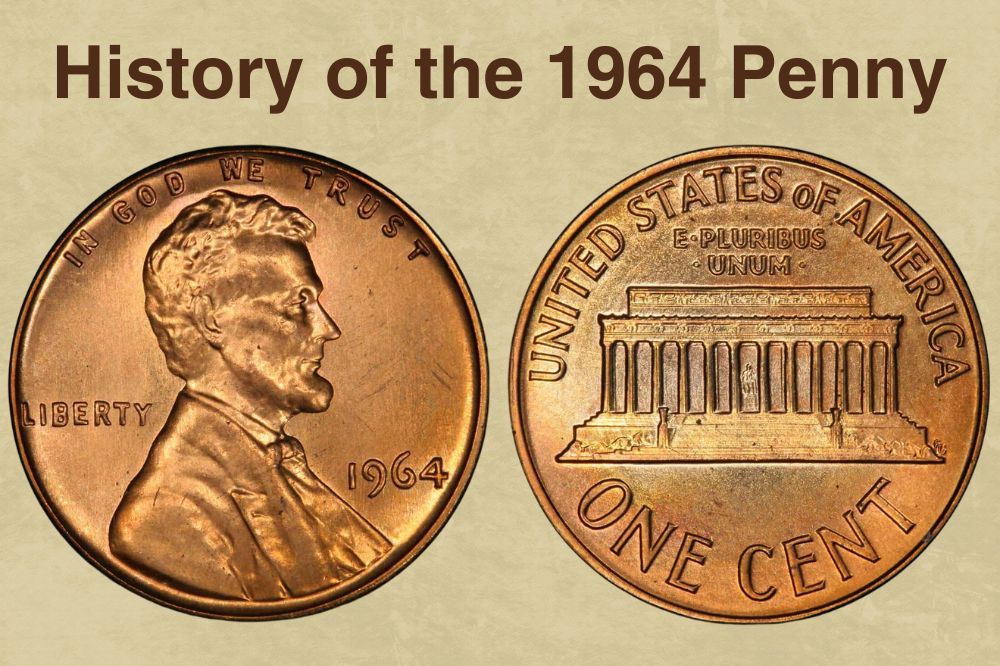
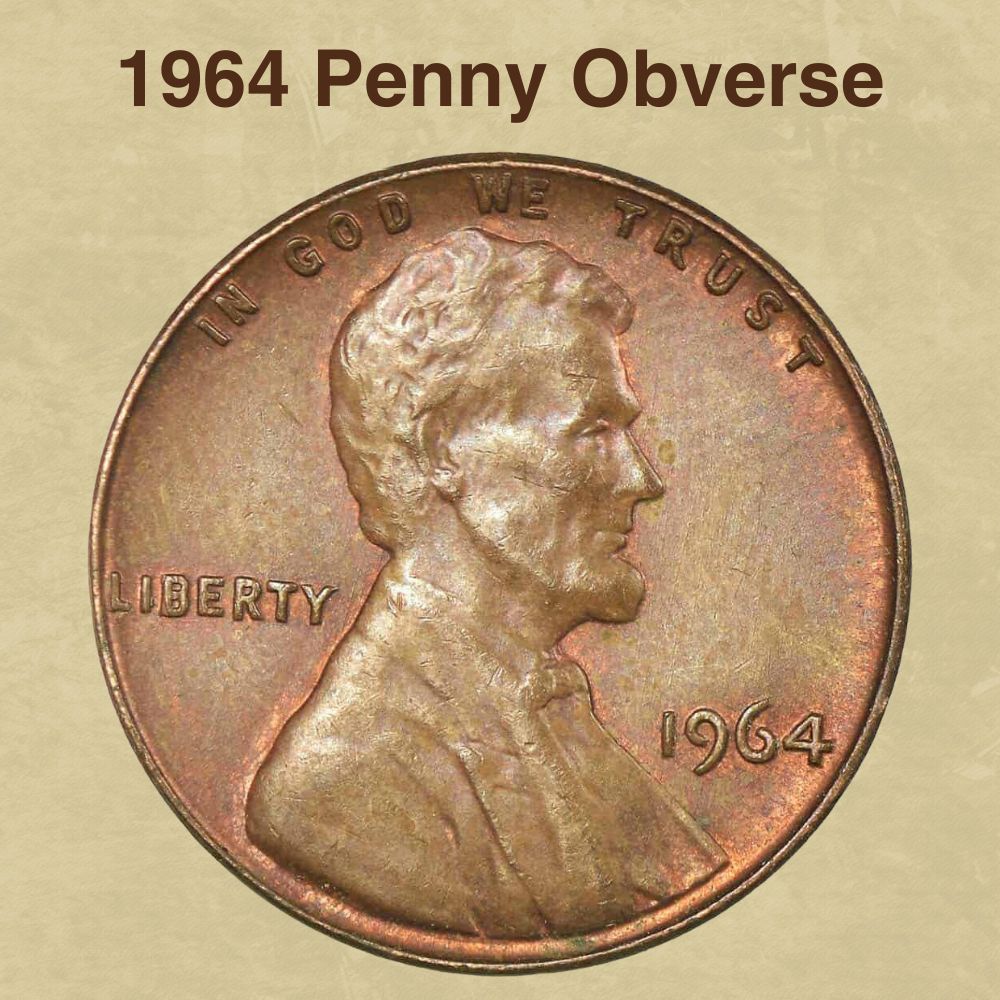
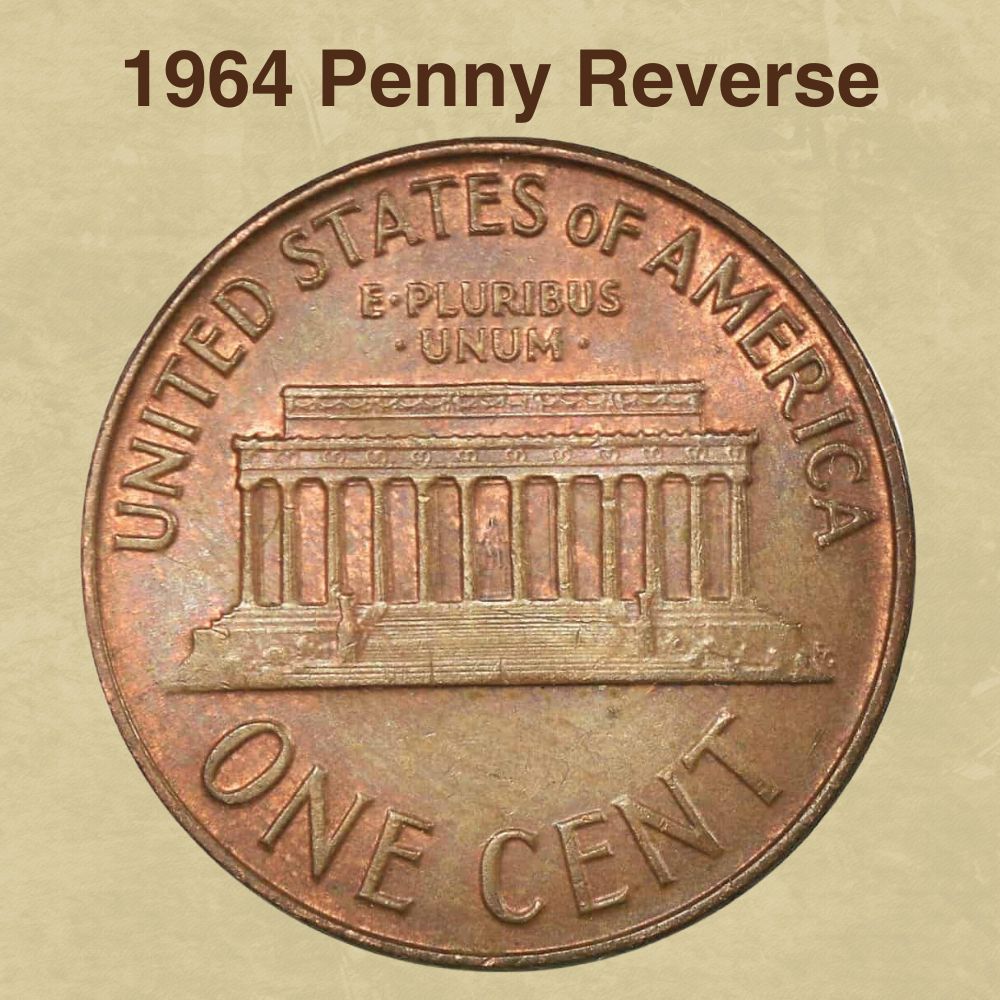
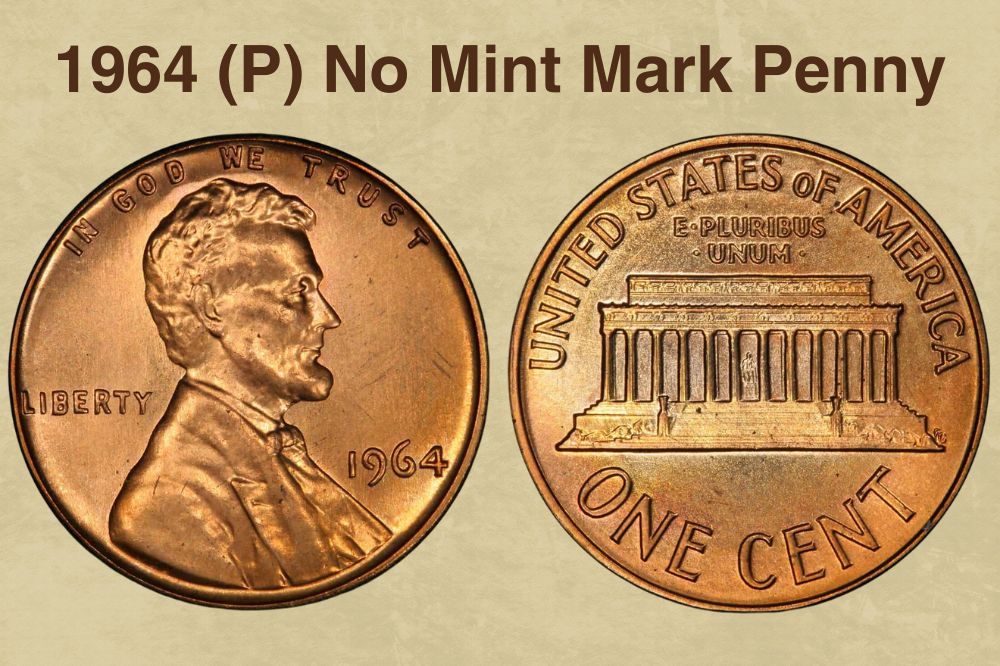
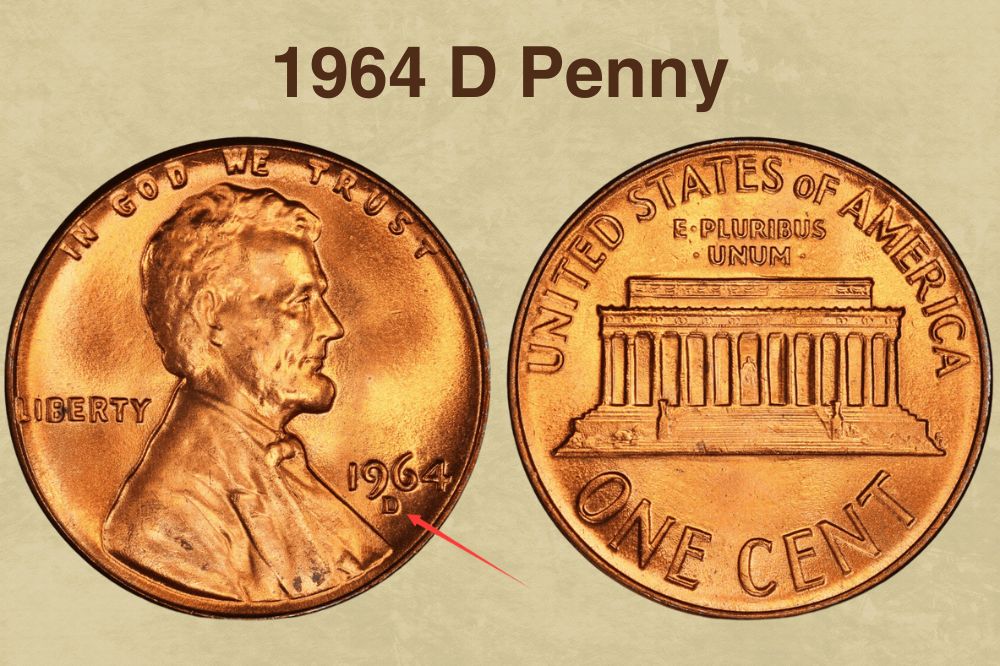
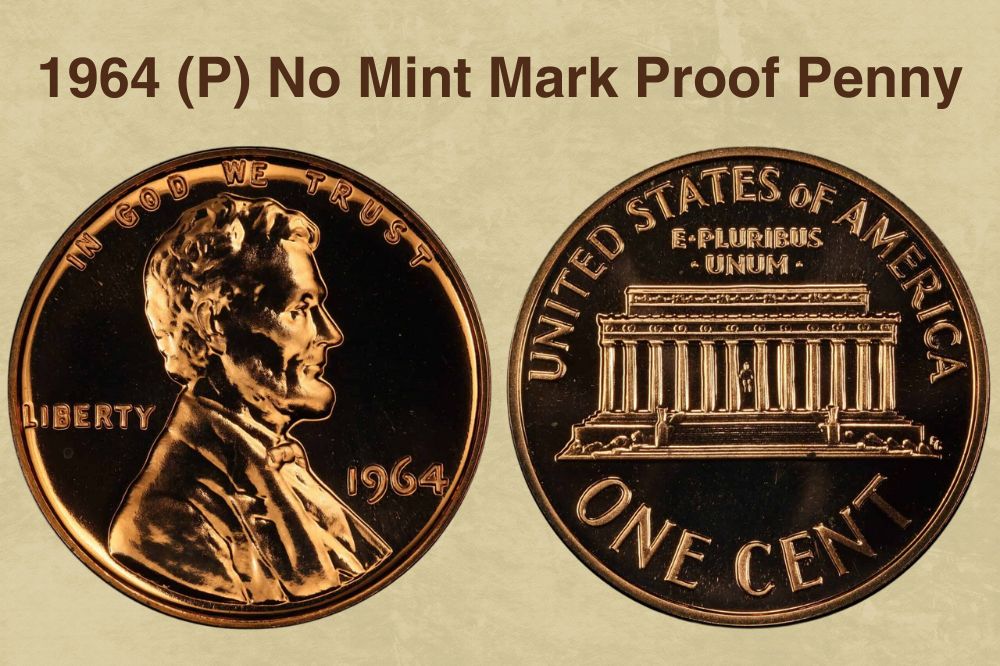
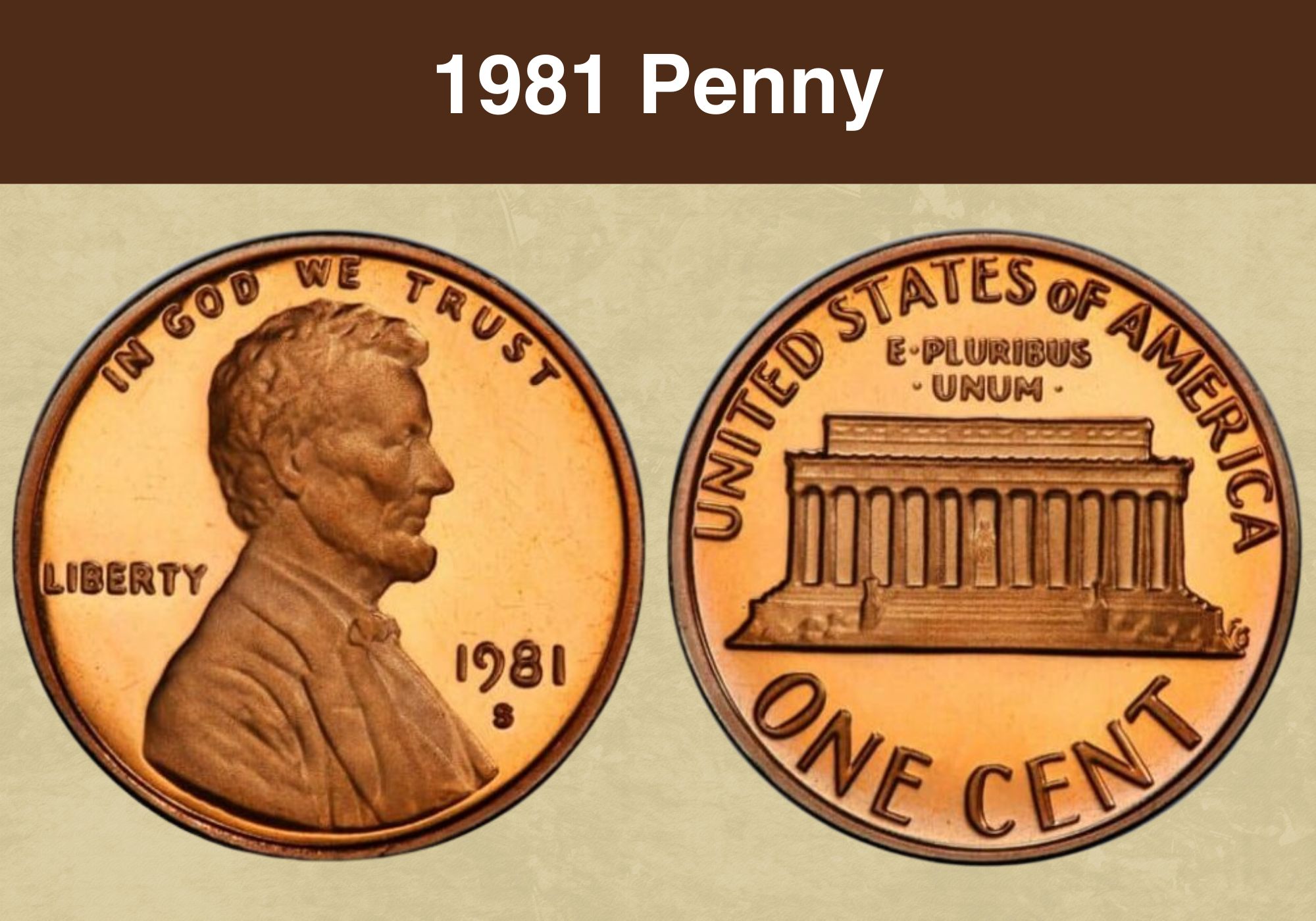
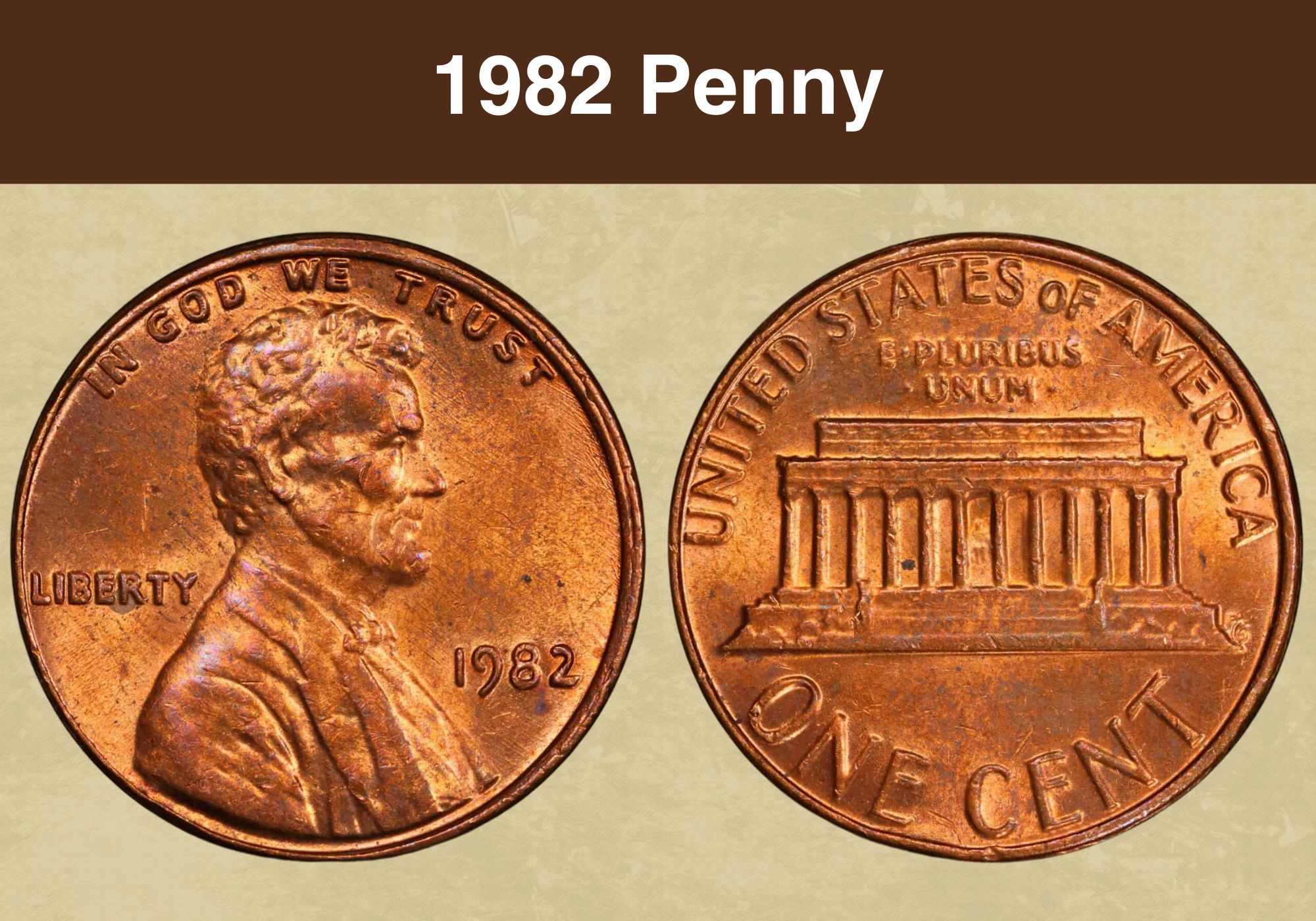
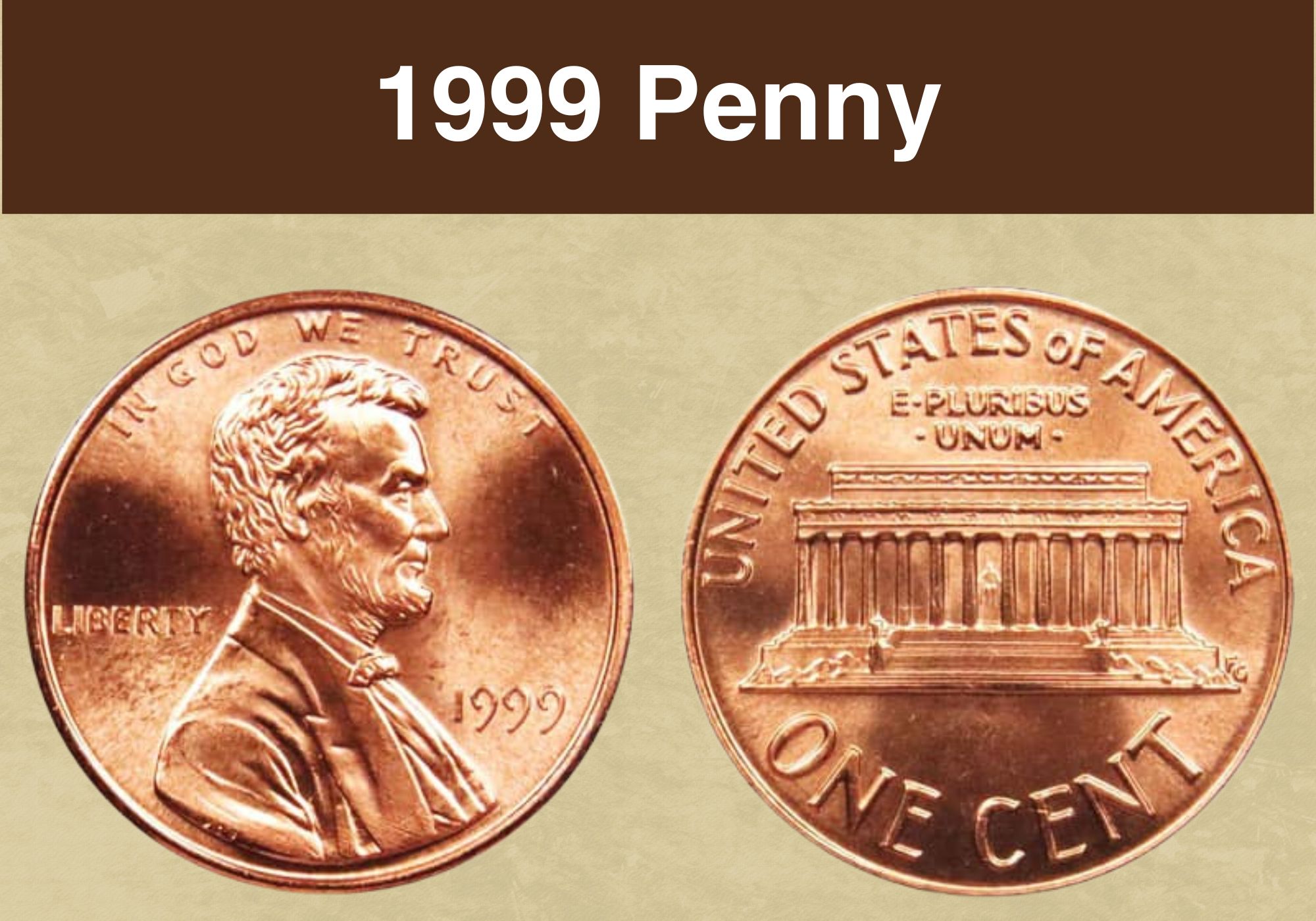
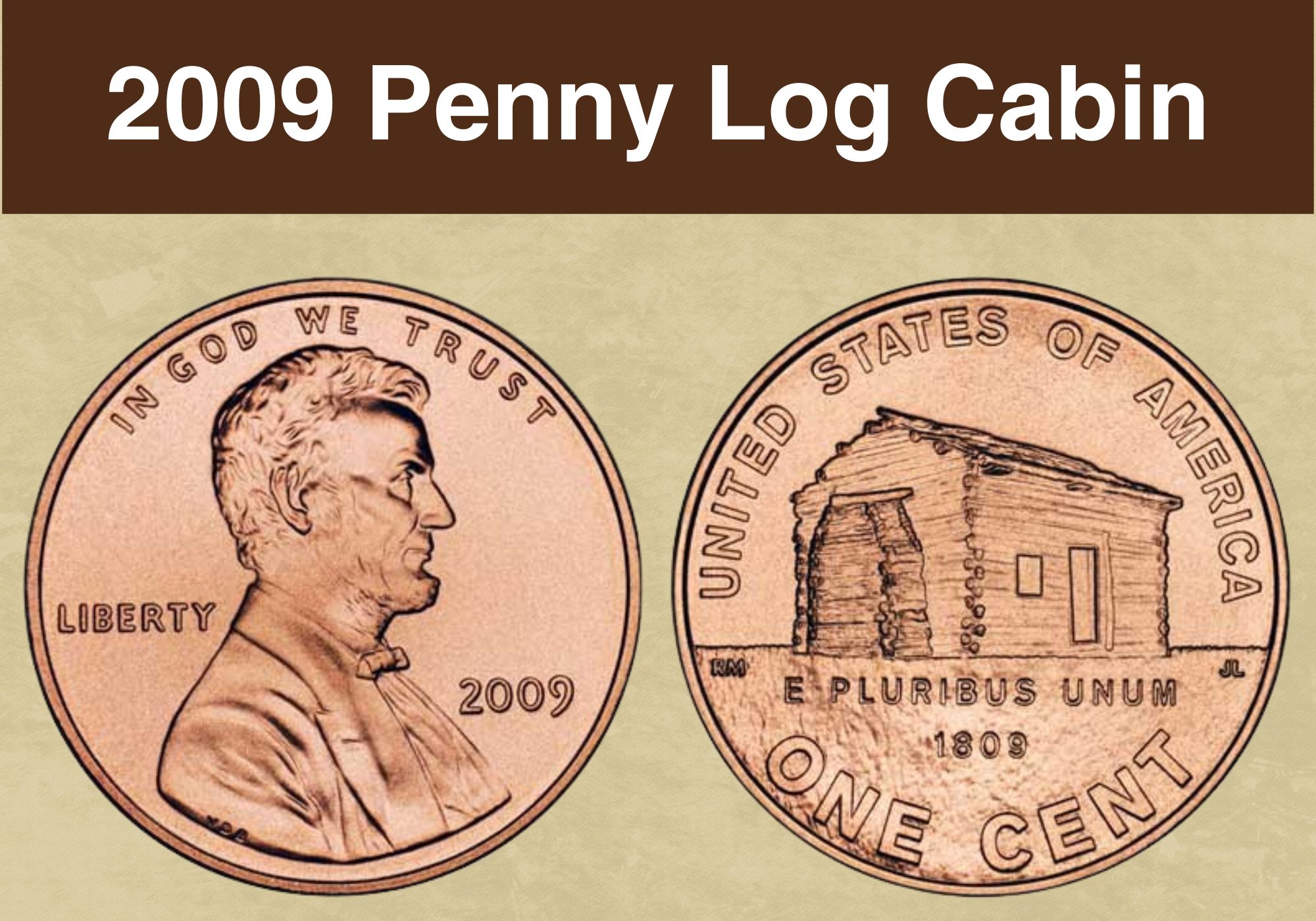
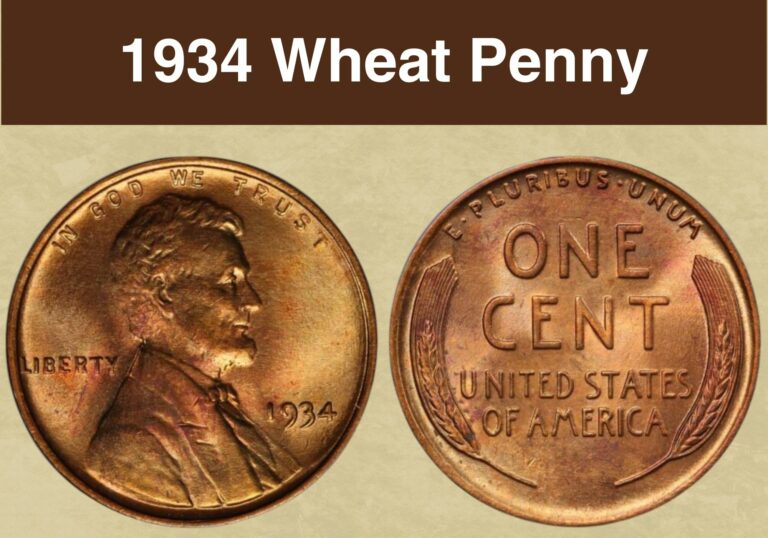
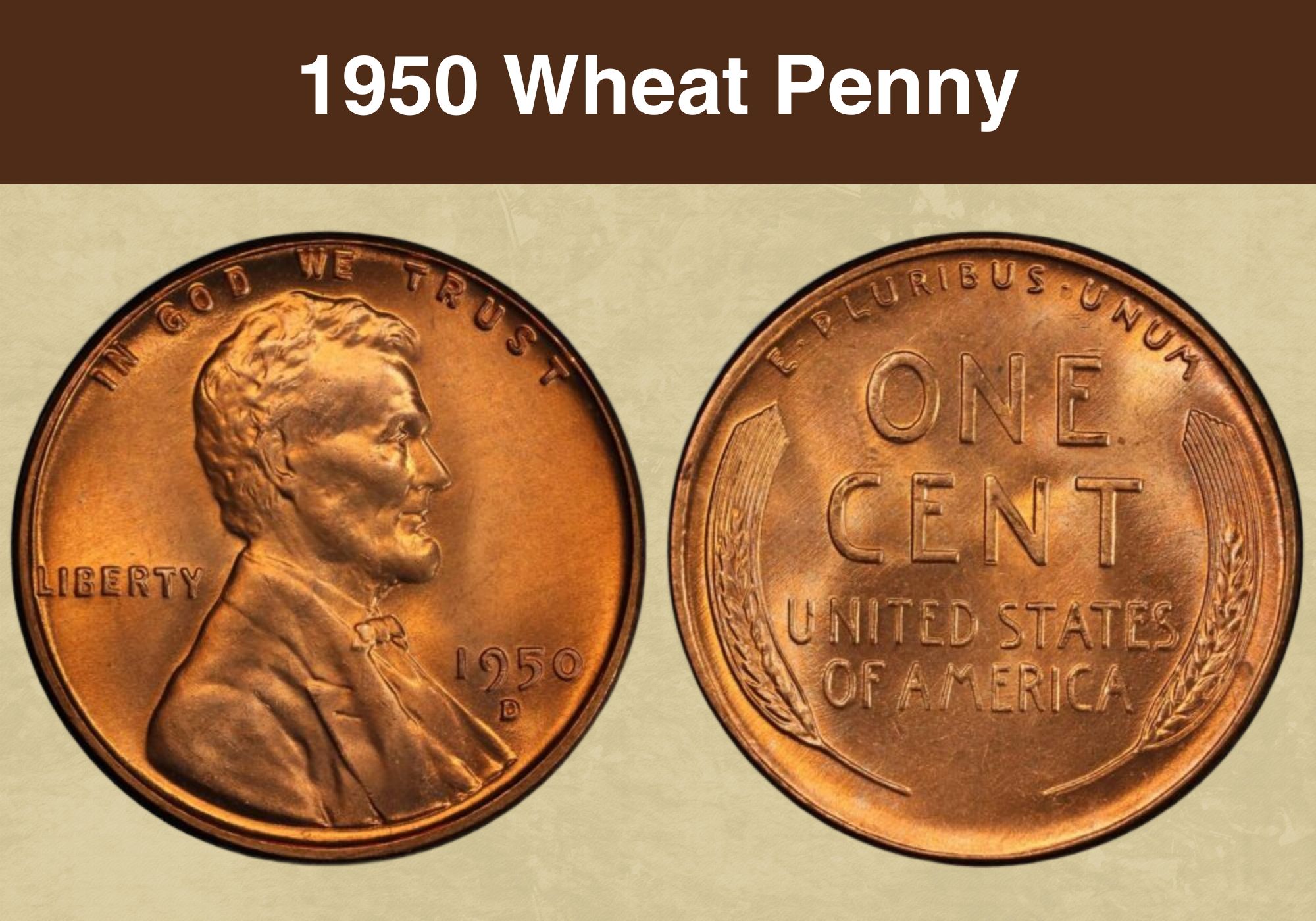
Hello, I think I may have a 1964 penny with a satin finish. Would you please help me determine if it is or not?
Thank you, Louie Ramirez
if on the list IHOP u get more than $1000 worth it!! It could be more than that if mint coins of penny!! U can sell it the coins shop or e stay some thing like that!! 100% sure I’m just a regular person!! Very long time ago I sell it I received big checks of money!!
Where can I sell it have one
I have a 1964 penny with the I missing in liberty, is this worth anything?